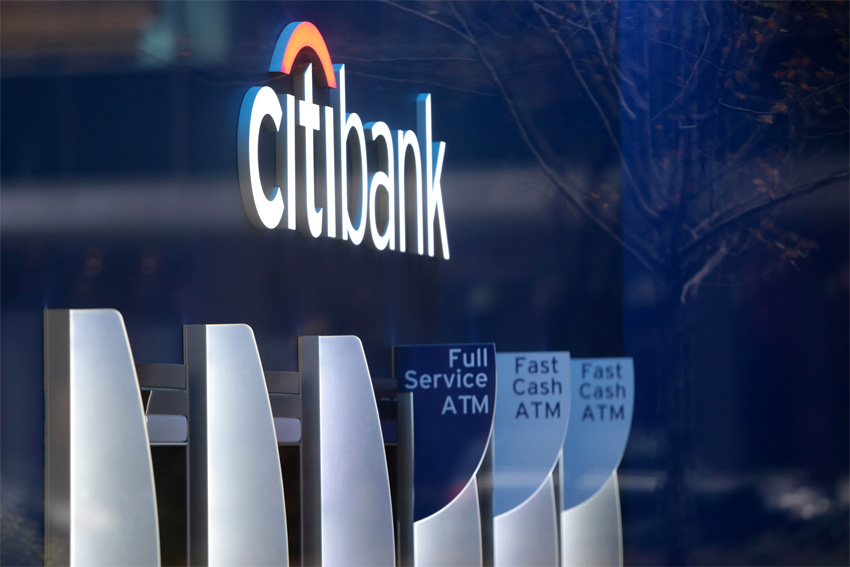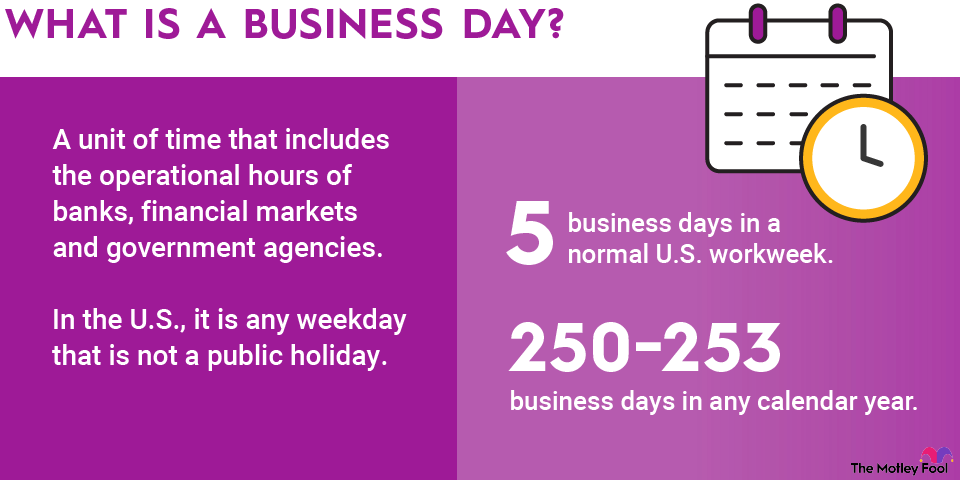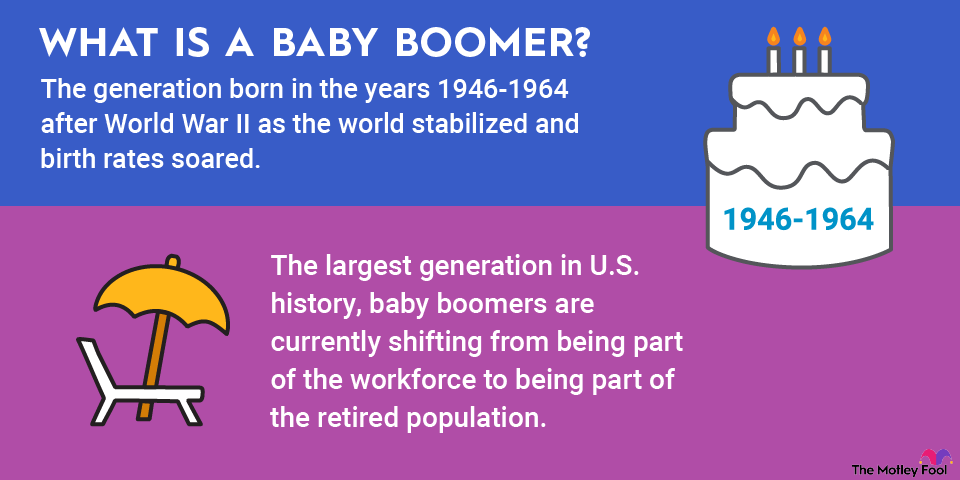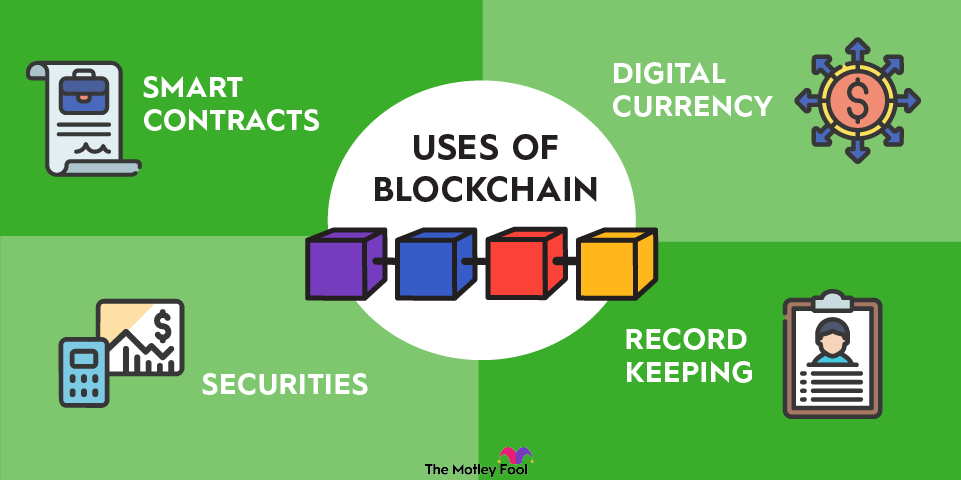As the Bitcoin white paper describes it, this is essentially a one-CPU, one-vote system. If honest nodes control a majority of the CPU power, then there will be an accurate, honest blockchain.
5. Network
On the Bitcoin network, transactions are broadcast to every node. Each node collects new transactions into a block. Then it works on finding the correct hash value for the block to satisfy the proof-of-work requirement. Once a node does that, it broadcasts the block to all nodes.
If all the transactions in that block are valid, then nodes accept it and move on to start trying to mine the following block on that chain. They show they've accepted it by adding it to the system and beginning work on the next block of transactions. Nodes always consider the longest chain to be the correct one. This is important because in the rare event of a "tie," miners could end up working on two alternate forks. However, as soon as one of them is successful at adding the next block, it will become the longest chain, and all nodes will then recognize it as the definitive blockchain.
6. Incentive
Nodes are the backbone of the Bitcoin network. To encourage honest participation, the system has a built-in reward for the creator of each block. The creator is the node that first solved a block's proof-of-work requirement and broadcast it to the other nodes.
The first transaction in a new block issues a new coin to the creator of that block. The block reward can be funded by newly minted coins, making it a way to introduce more coins into circulation. It can also be funded with transaction fees. In fact, after the full supply of Bitcoin has been mined in the future, mining rewards will come solely from transaction fees.
7. Reclaiming disk space
Older Bitcoin transactions can be hashed into a Merkle Tree. A Merkle Tree saves space by using a summary hash of multiple transaction hashes and freeing nodes from having to refer to them all individually to validate past transactions. Simply put, this allows older blocks of transactions to be compacted, reducing the amount of storage required for the blockchain.
8. Simplified payment verification
Users don't need to have a copy of the entire blockchain to verify payments. They can link a transaction to a block using the timestamp. Although they can't check the transaction themselves, they can confirm it was accepted by network nodes. This is reliable as long as honest nodes control the network.
9. Combining and splitting value
Transactions consist of inputs and outputs, which allows values to be split and combined. Each transaction can have either a single input (matching the output of another transaction) or multiple smaller inputs. A transaction can have up to two outputs -- one for sending a payment and another (if necessary) for returning change to the sender.
10. Privacy
In the traditional banking system, only the financial institutions and the parties involved have access to information about a transaction. For example, if you transfer $50 to a friend, that information is only available to you, your friend, and your respective banks.
Since Bitcoin transactions are broadcast to nodes and recorded on a public ledger, privacy is maintained using anonymous public keys. The public key is an address to a Bitcoin wallet, which doesn't contain any information about the owner of the wallet. The white paper notes that a new key pair (with a new address) should be used for each transaction to preserve privacy.
11. Calculations
The only way for an attacker to steal Bitcoin would be to change one of their own transactions and take back funds they recently spent. To do this, they would need to wait until the transaction was confirmed on the blockchain so the recipient sees it. Then the attacker would need to change that transaction and build their own "attacker chain" that catches up to and exceeds the correct blockchain.
The probability of success is very low, and the longer an attacker waits to start their own chain, the more the chances of success fall. In this section, Nakamoto provides calculations to consider how many blocks would need to be added before a recipient could be confident the sender can't change the transaction.
12. Conclusion
Nakamoto concludes with a recap of the white paper and summarizing all the different components of Bitcoin and how they work together to create a secure electronic payment system that doesn't rely on trust between parties.




















